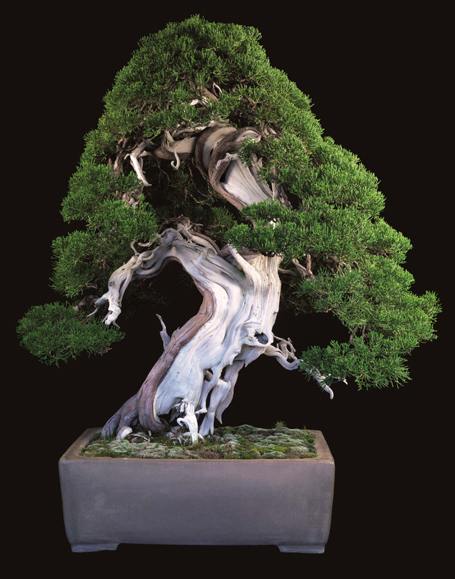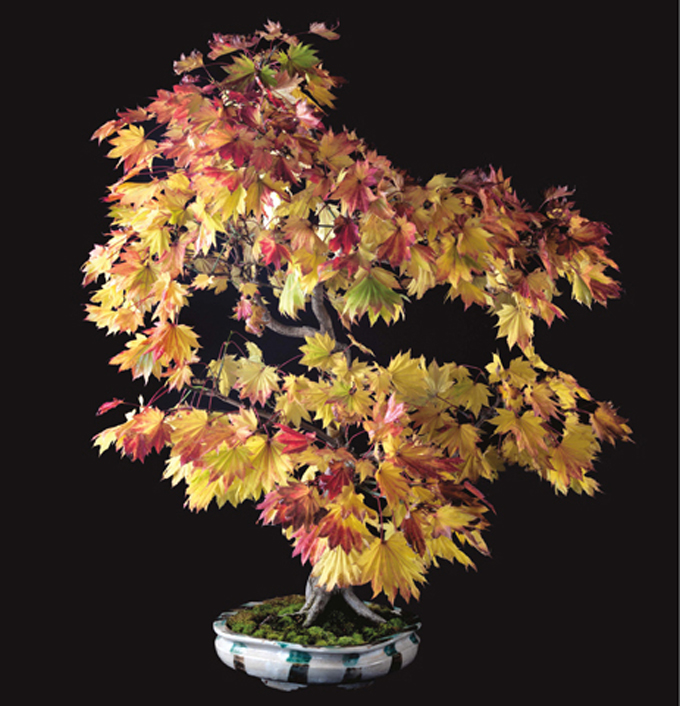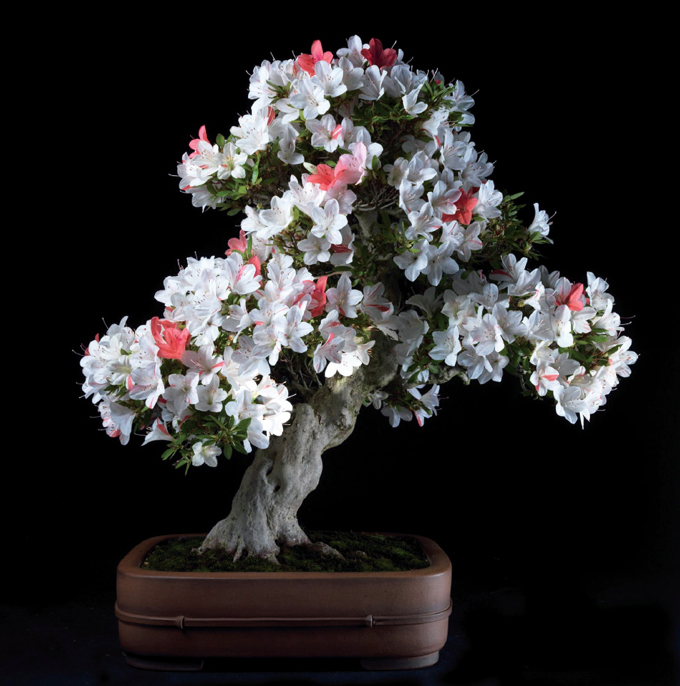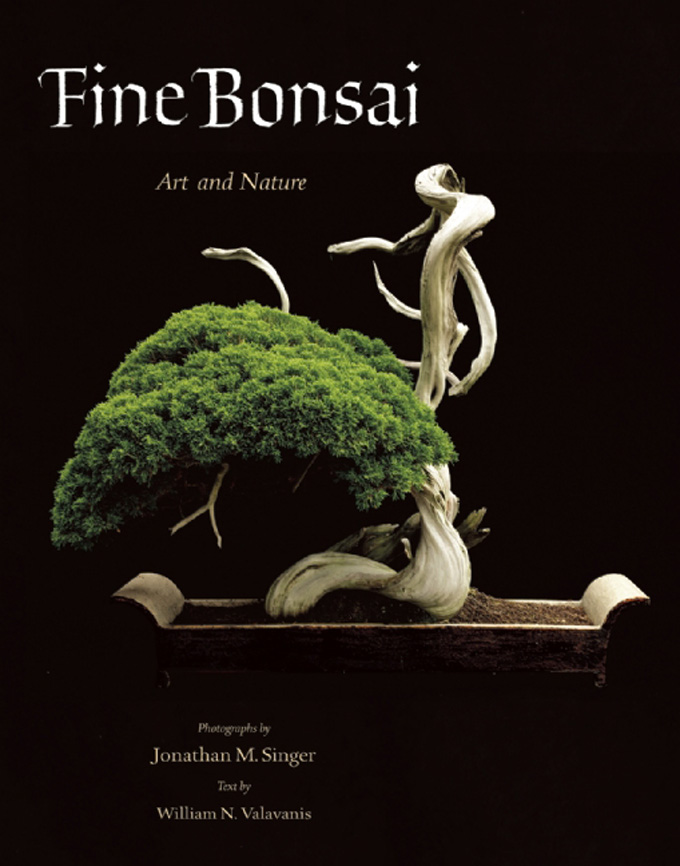 This unusual Japanese red pine (Pinus densiflora) is not representative of most of the trees that appear in Fine Bonsai, which tend to be powerful mind-stopppers. Still, there’s something about it, beyond just the fact that it’s so different…
This unusual Japanese red pine (Pinus densiflora) is not representative of most of the trees that appear in Fine Bonsai, which tend to be powerful mind-stopppers. Still, there’s something about it, beyond just the fact that it’s so different…
Packing and leaving for the West Coast today, so it’s archive time. This will be the third time for this post, which you might view as excessive and I’d have to agree. Except that these photos from Fine Bonsai are great. And, there’s a motive for resorting to a post about a book. We just put up a 25% off book sale at Stone Lantern.
This one (with some changes including two new photos) appeared last summer and the summer before that. It features a remarkable book. Though not everyone I talk to agrees, to my eyes at least, the powerful full-page photos highlight the luminous brilliance of some of the best bonsai in the world. In ways that conventional shots seldom capture. After almost two years I still keep an open copy by my desk (see below).
One of the most astounding books…
This morning (almost two years ago now) Andy Rutledge sent me his well considered and well written review of one of the most astounding books I’ve ever seen. So rather than subjecting you to my same old prose once again, let’s try a fresh voice for a change (note, you can see Andy’s entire review on his Bonsai Journal … you might also enjoy visiting a more multifaceted Andy here).
Andy Rutledge’s review
When my copy of Fine Bonsai arrived I almost dropped it as the delivery man handed it to me. Though large, I didn’t expect the package to be so heavy. At 12″ x 15″ x 1.75″ and almost 10 pounds, this is a large and weighty book. The beautiful slipcase adds even more dimension and almost another pound of weight. When I finally unboxed and perused the book I was delighted to discover that the content, too, was weightier than expected.
Fine Bonsai – Art & Nature is primarily a photo-artistic study of bonsai from public and private collections in North America and Japan, with photos by renowned photographer Jonathan M. Singer and text by the respected American artist, teacher, and publisher William N. Valavanis.
In addition to the bonsai sections which comprise most of the book, beautiful and important bonsai containers and suiseki are featured in discrete chapters. Each is filled with practical and historical information on the depicted works. There’s also an informative section on the various arboretums and nurseries whose trees are featured in this book.
The Good
The photography is stunning. Each of the 281 full-page photos allows the subject its individual due and dignity. The rich, dark background surrounding the bonsai in these photos, combined with elegant and creative lighting, presents each subject in a way that is at once serene and emphatic. Though the dark environment for the photos creates perhaps an uncommon or unfamiliar context for bonsai, the trees seem most comfortable there. They shine like stars on a stage…
For the rest of Andy’s review visit The Bonsai Journal.
 This remarkable Shimpaku juniper is from Kunio Kobayashi’s Shunka-en Bonsai Museum.
This remarkable Shimpaku juniper is from Kunio Kobayashi’s Shunka-en Bonsai Museum.
 Here’s that open copy that I keep by my messy desk. It’s been here almost two years. I sporadically turn to random pages. This is what came up this morning. Zelkova on the left and Trident maple on the right.
Here’s that open copy that I keep by my messy desk. It’s been here almost two years. I sporadically turn to random pages. This is what came up this morning. Zelkova on the left and Trident maple on the right.
 Just in case you think all the trees in Fine Bonsai are from Japan, they aren’t. This sublime shot is of a radiant Golden Full Moon maple that belongs to Bill Valavanis.
Just in case you think all the trees in Fine Bonsai are from Japan, they aren’t. This sublime shot is of a radiant Golden Full Moon maple that belongs to Bill Valavanis.

